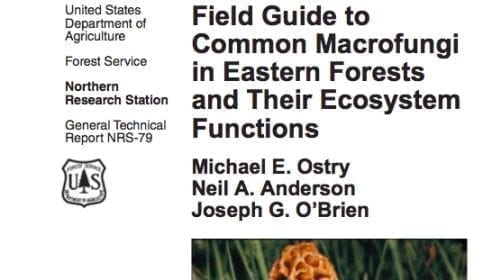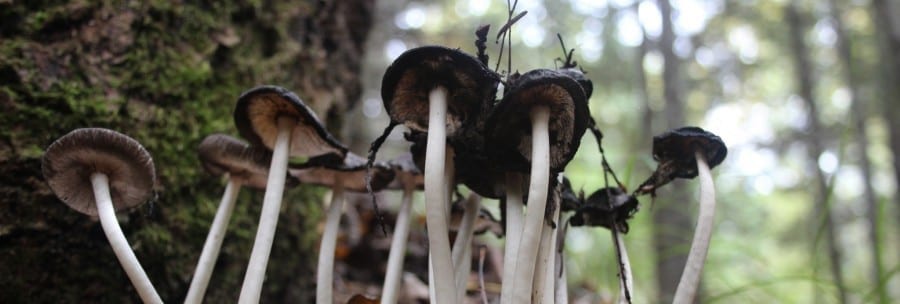Fungi Study
There many ways, both in the classroom and while hiking in the forest, to introduce students to fungi. While hiking, have students bring sketchbooks so they can draw and write about fungi they find. Use the attached field guide to common macro-fungi in eastern forests to identify specimens. Remember that lichen are two organisms, fungi and algae, that live in a symbiotic partnership.
In the classroom, students can continue to investigate fungi by growing a mold garden in a mason jar covered with plastic wrap using slices of fruit, tomato and bread, making spore prints with grocery store mushrooms, and investigating yeast. Learn about the impact of fungi on human life by considering penicillin, bread and cheese.
Note: Consider carefully the age and maturity of the students when handling fungi specimens. It is not safe for young children to handle or smell/inhale wild fungi. Mold experiments in the classroom should be disposed of by an adult.
DO NOT eat any mushroom found in the forest. Many mushroom species look alike and some species are highly poisonous.
Common Macrofungi Field Guide

Excellent quick reference created by the United States Department of Agriculture for identifying macrofungi commonly found in northeast forests.

